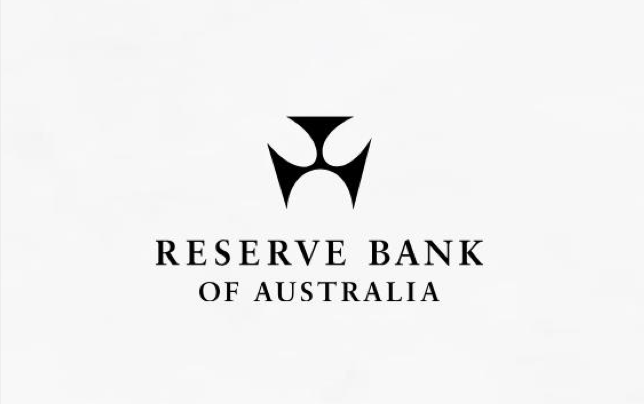
How to Secure Millennial Spending with Mobile Payments
By Ryan Jenkins for Inc Mag
It’s estimated that Millennials will control $7 trillion in liquid assets by 2020. By 2025, Millennials are expected to generate 46 percent of all U.S. income. Companies who want to capitalize on Millennial consumer spending, who spend more money online in a given year than any other age group, must gain a firm understanding of Millennials’ payment preferences and trends.
Almost 90 percent of Millennials say their phones never leave their sides. Eighty percent of Millennials reach for their mobile device first thing in the morning. It should come as no surprise then by 2020 when Millennials will control $7 trillion in liquid assets that mobile commerce will make up 45 percent of total e-commerce, equaling $284 billion in sales.
Fifty-two percent of North Americans are aware of mobile payments (payment services performed from or via a mobile device), yet only 18 percent use them on a regular basis. The generation that uses mobile payments the most are Millennials, with 23 percent of Millennials using contactless payments at least once a week. The total value of mobile payment transactions are forecasted to grow 210 percent in 2016–from $8.71 billion to $27.05 billion.
Millennials leverage mobile to deposit checks, spilt bills, and book travel, so it’s no long shot that smartphones will become their new wallet where they keep their debit and credit cards, reward cards, and manage their money.
Android Pay, Samsung Pay, and Walmart Pay coming to market following the launch of Apple Pay is proof of the mobile payment momentum. Consistent innovations in the mobile payment space now provide an incentive for consumers and businesses to commit to mobile commerce.
What Millennials want in a mobile payment experience?
1. Convenience
Nearly 50 percent of Millennials want to use mobile payments to speed up financial transactions.
Cater to Millennials’ desires for expediency and ease of use. Ensure the mobile experience is effortless by decreasing the form fields or integrating payment services, like Android Pay or Apple Pay, into the mobile web checkout pages. Samsung Pay is gaining momentum as it conveniently works at 95 percent of retailers and with most older card readers.
2. Flexibility
Forty-five percent of Millennials want to use mobile payments to split bills with their peers. And nearly 50 percent of Millennials said they’d connect their mobile payment information to a “wearable” device, like a smart watch.
Millennials want mobile transactions to be as digitally native as they are. They are interested in customizing the experience as well as having the options to pay via a mobile device in store, within their mobile browser or app, and/or on a wearable device. Delivering options is key because only 20-30 percent of a retailer’s mobile sales come from their app.
Social media, email newsletters, and search engines lead shoppers to their mobile browsers, not an app. Only big brands like Starbucks and Amazon have had success in getting regular usage on their mobile apps. Use apps as a go-to source for perks and rewards for your most loyal customers but make ensure the mobile web experience is top notch.
3. Analytics
Fifty-two percent of Millennials want mobile payments to help them track their spending. Fifty percent of Millennials use their smartphone to research purchases — searching and show-rooming while in a store. Forty-eight percent of Millennials are interested in real-time and forward-looking spending analysis.
Millennials are interested in better analytics to help them discover deals, related products/services, track spending, and to customize their mobile experience further. Many Millennials may be interested to give over more data in exchange for relevant, location-based marketing where coupons or relevant info could be delivered based on where they are standing in the store.
4. Security
Fifty-four percent of Millennials are concerned about the security of mobile devices for banking purposes. Nearly 70 percent of Millennials are more likely to trust companies that are technology based and would be more excited about a new offerings in financial services from Google, Amazon, Apple, PayPal, or Square than from their own nationwide bank.
Security concerns exist, but in general Millennials’ privacy thresholds are much lower than previous generations. Their confidence curve isn’t as steep to try new technology which is a big benefit for mobile payments to begin taking off and for your business to begin experimenting with mobile payments.
First appeared at INC





